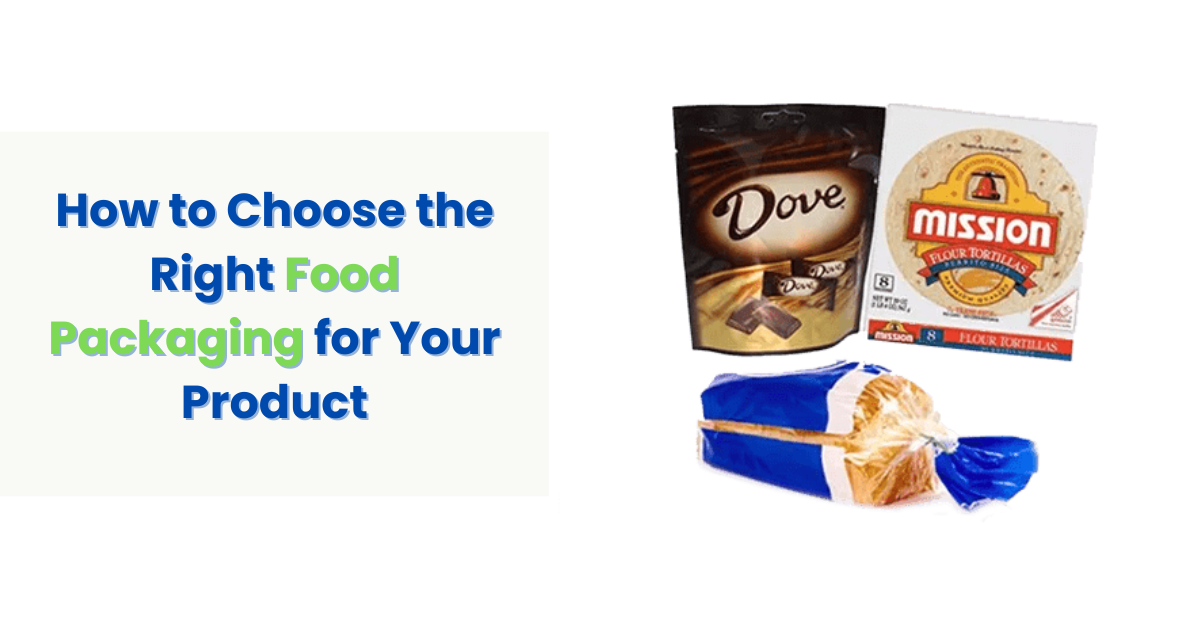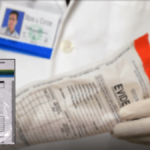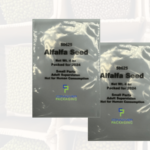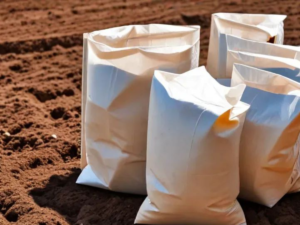How to Choose the Right Food Packaging for Product

Creating an amazing new food product is just half done.
Choosing the right food packaging is what makes the difference.
Simply put, you need attractive, durable packaging to make your food products sellable.
This is an important decision that can make or break your business. The packaging is the first impression for customers and can determine whether someone picks up your product or passes it by.
It needs to tick all the boxes – protect the food, convey the right brand image, and meet regulations.
But with so many options out there, how do you choose?
Here we have come up with this blog to guide you on how to choose the right food packaging bags. We hope that it will help you confidently pick packaging that highlights your food and builds your brand.
Let’s get started.
Understanding the Types of Food Packaging Materials
The most common materials used for food packaging are…
- Plastic: Cheap, lightweight, and versatile. Plastic containers come in a range of sizes and shapes. However, some plastics can leach chemicals into food and aren’t eco-friendly. Look for plastics labeled BPA-free and recycle code #2 (HDPE), #4 (LDPE), or #5 (PP).
- Glass: Non-reactive, so it won’t leach anything into food and is safe for leftovers. Glass containers are also oven, microwave, and dishwasher safe. The downside is that glass breaks easily and can be heavy.
- Metal: Aluminum and stainless steel are durable, non-reactive, and recyclable. However, metal conducts heat and cold, so may not keep food at the right temperature. Some metals can dent or rust over time.
- Paper: Eco-friendly but not reusable. Paper bags, cups, and plates are good for short-term use but won’t keep food fresh for long. Only use paper products once.
The best option depends on what and how long you need to store your food. Think about the environment, your budget, and convenience. With some smart choices, you can keep your food fresh and do your part to reduce waste. The planet will thank you!
Type of Food Products You Are Selling
The type of food products you sell will determine the best packaging options. If you have perishable goods like:
Fresh produce
- Plastic containers, bags, and clamshells allow visibility while protecting from damage and extending shelf life.
- Perforated bags allow for ventilation to prevent excess moisture buildup.
Baked goods
- Paper bags, boxes, and sleeves are inexpensive, eco-friendly options that keep items contained while still allowing some airflow.
- Plastic domes or clamshells maintain freshness for longer.
Prepared foods
- Plastic containers with lids or aluminum trays with film or foil covers prevent spills and keep food fresh.
- Compostable plant-based plastics are also available.
Liquids
- Glass or plastic bottles and jugs can hold a variety of beverages.
- Pouches are lightweight, compact options for juices, soups, and sauces.
Shelf Life of Your Product
The shelf life of your product is a crucial factor to consider when choosing food packaging. If your food or beverage has a short shelf life, you’ll want packaging that helps maximize freshness.
- Permeability
For perishable goods, choose packaging with an effective barrier against oxygen, light, and moisture. Options like metal cans, foil pouches, and high-density plastics can keep air and water out, preserving taste and texture. For longer shelf life, consider vacuum sealing or modified atmosphere packaging which replaces oxygen with other gasses.
- Durability
The packaging also needs to physically protect the product. More durable materials like hard plastics, glass, and metal are good for items with longer shelf life or that will be handled frequently. For shorter shelf life, flexible films and pouches may suffice if properly sealed.
- Temperature Control
Temperature is key to food preservation. Refrigerated or frozen packaging like insulated bags, refrigerated trucks, and freezer boxes maintain the ideal temperature range for your product during transport and storage. Some packaging also incorporates temperature indicators that show if proper temperatures were maintained.
By considering how long you need your product to stay fresh and choosing packaging specifically suited to your shelf life needs, you can deliver the best quality and experience to your customers. The right packaging helps your product look and taste as good as the day it was made.
Size of Your Product
The size of your product plays an important role in choosing the right food packaging. Think about how much space your item will take up and how you want it presented to customers.
- Measure your product to determine its length, width, and height.
- Choose a package that is appropriately sized to hold the item snugly without too much space. Excess space means more packaging required and a higher chance of the product shifting around, which could lead to damage.
- For fragile goods, you’ll want very little space and padding to prevent breakage.
Also, keep in mind how the size may impact shipping and storage costs. Oversized packaging means higher fees and more space required for warehousing. Find the sweet spot that safely contains your product without waste.
Think about how the product will be displayed. Do you want it prominently featured in a larger package or more discreetly contained in a smaller packet? The presentation can significantly impact a customer’s perception of your brand and product.
The size of packaging is an important choice that impacts cost, shipping, storage, and brand image. Evaluate all these factors carefully to determine the optimal dimensions for your product. The perfect fit will keep your item safe, minimize excess waste, and present your brand in the best light.
Budget
When choosing food packaging, it’s important to determine how much you can afford to spend. Packaging costs can vary widely depending on the type of material and product. As a general rule of thumb, more sustainable and eco-friendly options like recycled materials tend to cost a bit more upfront, while plastics are typically the most budget-friendly.
Consider setting a budget for your packaging needs and stick to it. Get price estimates from different suppliers to compare and find the best deals. You may be able to save money by ordering in bulk or choosing generic over custom packaging. If cost is a concern, opt for minimal and multipurpose packaging that can be used for various products. This reduces waste and the need to buy specialized packaging for each item.
The Conclusion
The conclusion is simple – choose what’s right for your unique needs and values. Do your research, weigh all the options, and go with what lets your product shine through. The final choice is yours.
At Connover Packaging, we offer high-quality, customized food packaging bags to various industries such as restaurants and food products manufacturers. We listen to you to understand your requirements and guide you over the right packaging for your food products.
Please reach out to us today!
Share:
Get A Quick Quote
Social Media
Most Popular

How to Choose the Right Bullet Casing Evidence Bags

Choosing Sustainability: Biodegradable Bags for Soil

A Comprehensive Guide to Seed Packaging Methods
Categories
Tags
Related Posts
RFID vs. Barcodes for Evidence Tracking: A Side-by-Side Analysis
Automated identification technology (AIT), such as barcoding and radio frequency identification (RFID), is increasingly used by forensic labs and law enforcement to track and manage

How to Choose the Right Bullet Casing Evidence Bags
Bullet casings are one of the most common pieces of evidence collected from crime scenes, and their preservation is crucial for investigations. Choosing the right

Choosing Sustainability: Biodegradable Bags for Soil
In our quest for a greener planet, every little choice matters. And one choice that’s gaining traction in recent years is opting for biodegradable bags
